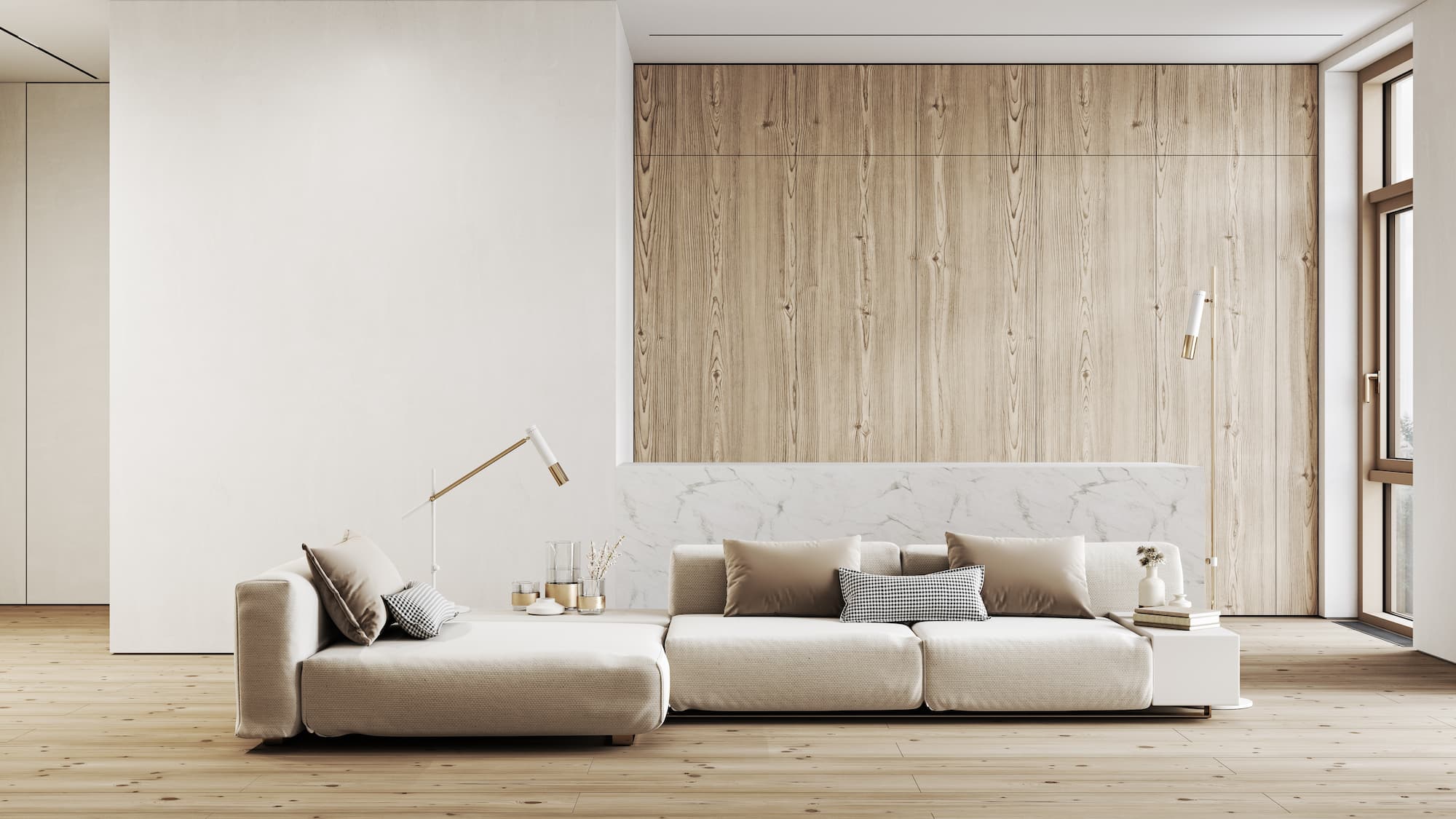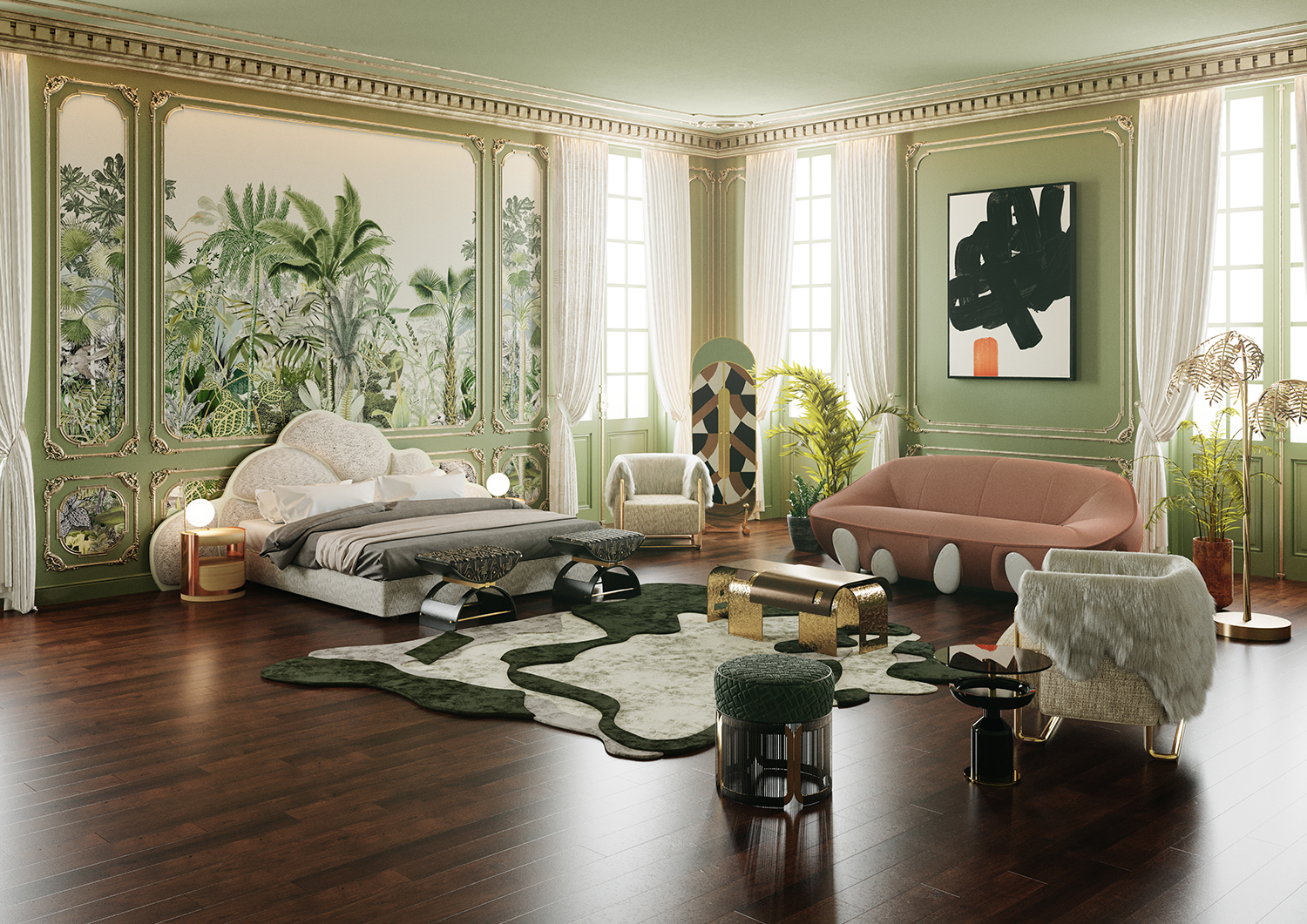Transform Your Home With Necessary Principles of Interior Design and Looks
The art of transforming your home via the crucial principles of interior layout and aesthetics needs a thoughtful approach that balances shade, equilibrium, and spatial recognition. By comprehending the influence of color concept and the importance of structure and patterns, one can create spaces that are not only aesthetically appealing however also deeply personal. Achieving this equilibrium includes even more than plain decor; it incorporates a strategic arrangement and an eager understanding of exactly how each element connects within an area. As we check out these fundamental principles, consider exactly how they may redefine your understanding of home and personal expression.
Recognizing Shade Theory
Shade theory is an essential facet of interior decoration that substantially affects mood, understanding, and overall aesthetic. Understanding the principles of color theory enables designers to produce areas that reverberate psychologically with passengers while satisfying useful demands (luxury interior design). Colors can be categorized into three key types: main, additional, and tertiary. Each group plays a critical role in establishing harmony within a room.
The psychological impact of shades is extensive; warm tones such as reds and oranges stimulate energy and warmth, while great tones like blues and eco-friendlies advertise peace and peace. The use of corresponding colors enhances visual rate of interest, developing striking contrasts that can boost a space's appeal.
Neutral shades, on the various other hand, work as a functional background, permitting other design aspects to shine. It is necessary to consider elements such as illumination and the room's objective when picking a color combination, as these can modify the assumption of shades throughout the day.
Ultimately, a well-considered color design can transform a space, promoting a sense of comfort and design that aligns with the inhabitants' choices. Mastery of shade concept is, consequently, a crucial ability for any kind of indoor designer intending to produce unified and inviting environments.
Achieving Balance in Layout
How can developers attain a feeling of balance in their areas? Attaining balance in layout is fundamental to producing unified insides. Developers can utilize three key kinds of equilibrium: balanced, asymmetrical, and radial. Balanced balance includes arranging components uniformly around a central point, cultivating a sense of order and serenity. This type usually features sets of furniture or art work, boosting visual security.
Asymmetrical equilibrium, on the various other hand, counts on varying aspects that still achieve a natural appearance. This strategy enables even more dynamic and informal setups, offering interest while preserving balance. By very carefully selecting varying sizes, colors, and structures, designers can develop an aesthetically compelling room that really feels well balanced yet energised.
Radial equilibrium highlights a central prime focus with elements radiating exterior. This style is generally seen in circular formats, where furniture and design create a natural surround that attracts the eye internal.
Ultimately, achieving equilibrium calls for thoughtful consideration of scale, percentage, and the connections in between components. miami luxury interior design. By masterfully applying these equilibrium concepts, developers can transform areas into atmospheres that really feel both aesthetically pleasing and functionally harmonious, enhancing the overall experience for passengers
Significance of Spatial Recognition

An eager sense of spatial understanding allows designers to recognize centerpieces within an area, directing the customer's interest to essential attributes while maintaining go to website a total feeling of unity. It likewise assists in the calculated placement of illumination, which can dramatically influence the perception of area and mood. Understanding spatial relationships enables the designer to provide to the details requirements of inhabitants, guaranteeing that each area serves its desired function without compromising looks.
Ultimately, spatial understanding is important for making the most of the potential of any kind of indoor space. By meticulously taking into consideration the interaction in between measurements, design, and function, developers can develop settings that not only meet useful needs but likewise evoke a sense of convenience and appeal, boosting the total living experience.
Incorporating Texture and Patterns
Welcoming a diverse series of appearances and patterns can substantially boost the visual and responsive charm of an indoor room. The calculated usage of various products-- such as wood, metal, textile, and rock-- produces depth and passion, making a space really feel extra inviting and dynamic. For circumstances, incorporating smooth surfaces with rough structures can develop a balance that draws the eye and involves the detects.
When including patterns, think about both range and rep. Large patterns can work as centerpieces, while smaller, subtle styles can match other elements without overwhelming the room. Layering patterns, such as pairing floral cushions with striped tosses, adds complexity and a feeling of consistency if implemented attentively.
It is likewise crucial to maintain a natural shade palette, making sure that appearances and patterns collaborate rather than compete for focus. By selecting a couple of vital textures and patterns, you can create an unified visual that reflects your individual style while boosting the total setting of the area. Ultimately, the cautious incorporation of these components can transform a mundane space into an advanced setting abundant with character and warmth.
Personalizing Your Area
Creating an area that shows your character is vital to accomplishing a really inviting atmosphere. Customization in interior layout permits you to instill your unique style and passions into your home, changing it from a plain sanctuary right into a shelter that talks with that you are. Begin by picking useful site a shade combination that resonates with your feelings-- vibrant shades can invigorate, while soft tones supply peace.
Integrate art work and design that mirror your interests, whether it be travel, nature, or abstract concepts. Showing individual collections, such as books, photographs, or keepsakes, can evoke cherished memories and develop focal factors within an area. In addition, think about tailoring useful pieces, like upholstered furnishings, to align with your aesthetic preferences.

Verdict
To conclude, the makeover of a home through the necessary principles of interior design and looks necessitates a detailed understanding of shade concept, balance, spatial awareness, texture, and customization. Each element contributes considerably to creating an unified and functional living setting - miami interior design. By attentively incorporating these concepts, people can improve the aesthetic appeal and emotional resonance of their areas, ultimately promoting a home that shows unique identifications while supplying comfort and usefulness